Reptiles & Amphibians: Journals & Articles
Further resources, if available, can be found in our full bibliography.
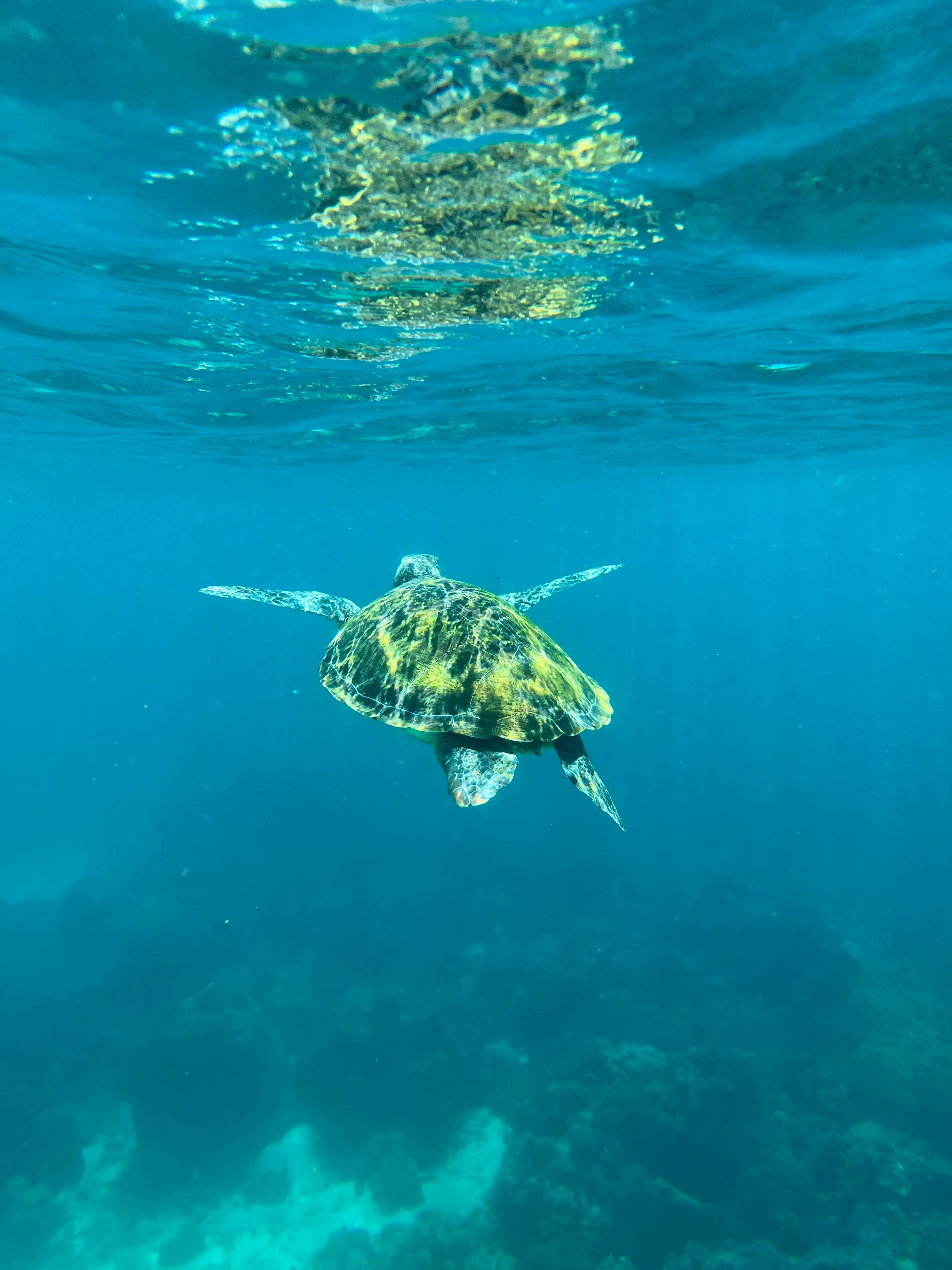
Herpetological Conservation and Biology
2006-Present
Herpetological Conservation and Biology is an open-access international journal that publishes original peer-reviewed research, reviews, and perspectives on the ecology, natural history, management, and conservation biology of amphibians and reptiles. Herpetological Conservation and Biology was conceived in 2006 out of necessity. In a time when most journals shunned manuscripts that were descriptive or natural history oriented, this journal sought to fill an obvious void.
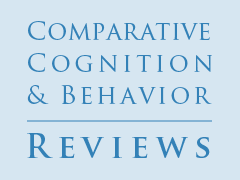
"Snakes: Slithering from Sensory Physiology to Cognition"
Zoran Tadić
Snakes (Serpentes) are scaly, limbless reptiles that share the same taxonomic order (Squamata) with lizards (Sauria) and amphisbaenians (Amphisbaenia). All snakes have an elongated body and are predatory carnivores. This body shape and their feeding modality have a pervasive effect on many aspects of their biology, such as ecology, physiology, and behavior. Snakes inhabit all biogeographic realms except the polar regions and some islands. Within each of these realms they have led various aquatic, terrestrial, and arboreal niches. In this review, Tadić describes the sensory physiology of snakes and its peculiarities related to their specific way of life. In the final paragraph, Tadić tries to summarize the cognitive abilities of snakes and suggest future approaches to further investigate snake cognition and to link it to underlying physiological processes.
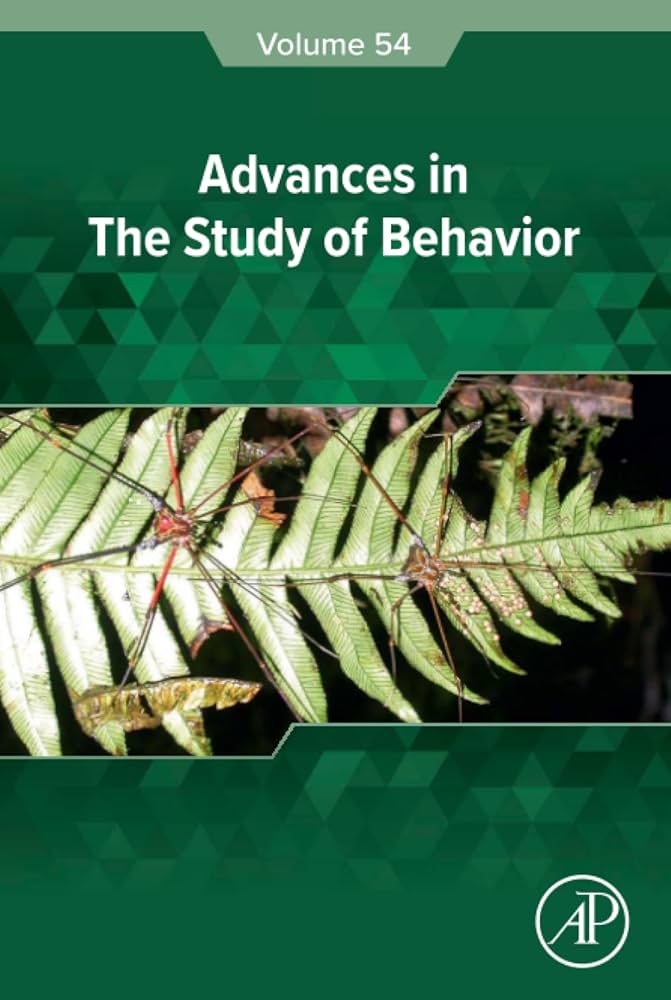
"Brain-Behavior Relationships of Cognition in Vertebrates: Lessons from Amphibians"
Sabrina S. Burmeister
The evolution and diversity of vertebrate cognition captivate behavioral biologists, yet research has largely focused on mammals and birds, leaving gaps in understanding brain-behavior relationships across vertebrates. Amphibian brains differ significantly from those of amniotes in complexity and neural connections, yet their cognitive implications are rarely explored. For instance, amphibian palliums are structurally simpler, receive less sensory information, and have fewer descending connections, which may limit behavioral flexibility and complex sensory associations. Studies indicate that amphibians predominantly engage in response learning, controlled by the subpallium, rather than allocentric spatial navigation. Although landmark learning is common, complex spatial associations seem limited, possibly due to constraints in the medial pallium’s sensory representation. Amphibians can modify learned responses through habituation and extinction, but species vary in their ability to reverse visual discriminations. Notably, the parental poison frog, Dendrobates auratus, exhibits both spatial and higher-order contingency learning, akin to hippocampal functions in mammals. Investigating the neurobiological underpinnings of D. auratus may reveal vital insights into the evolution of cognition in vertebrates.
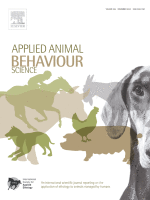
"Frog in the Well: A Review of the Scientific Literature for Evidence of Amphibian Sentience"
Helen Lambert, Angie Elwin, Neil D’Cruze
Millions of amphibians are traded annually around the world for the exotic pet industry. Their experience during both trade, and in captivity as pets, leads to numerous animal welfare issues. The poor welfare of many pet amphibians is due in part to poor attitudes and acceptance of amphibian species to suffer. Amphibians, like other vertebrate species, are sentient, which means that their feelings matter. In this study, the authors have sought to explore the scientific literature over 31 years (1990–2020), to establish what aspects of sentience are accepted and still being explored in amphibians. Their results show that amphibians are known to feel and experience a range of sentience characteristics and traits and that these feelings are utilized and accepted in studies using amphibians as research models.
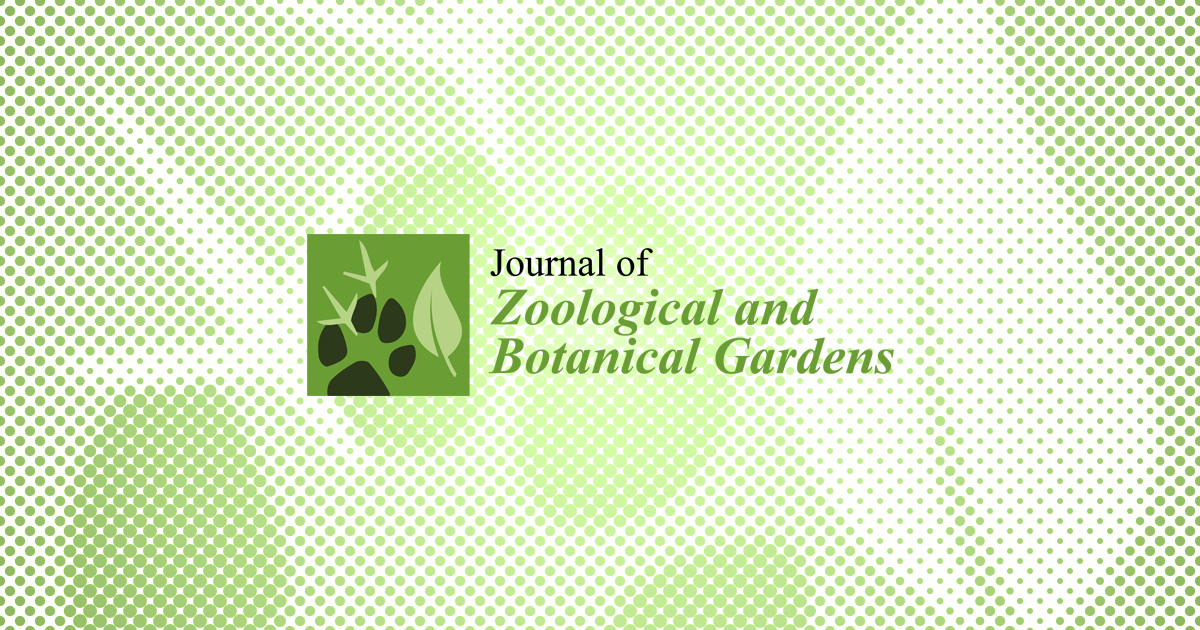
"Posture as a Non-Invasive Indicator of Arousal in American Toads (Anaxyrus americanus)"
Sarah M. Woody, Rachel M. Santymire, Katherine A. Cronin
Animal welfare has become a priority for modern zoos and aquariums. However, amphibians have not yet been the focus of much welfare research, perhaps in part because they do not tend to display many quantifiable active behaviors. This study focused on nine zoo-housed American toads (Anaxyrus americanus), a species that displays long periods of sedentary behavior, to explore whether more subtle cues could serve as welfare indicators. A novel American toad posture index was developed that characterized toad posture based on the angle of their forelimbs, visibility of ventral regions, and body weight distribution. As an indicator of arousal, approximate breathing rates were assessed based on the rate of expansion of the toads’ throats. Subsequent analyses revealed that lower body postures were associated with slower rates of throat expansion and raised postures with faster rates of throat expansion, suggesting that posture may be a promising way to quickly and non-invasively assess toad arousal. This work lays important groundwork for assessing welfare of an understudied species, and the authors are optimistic that, with additional validation, these approaches can be applied in future amphibian welfare research.
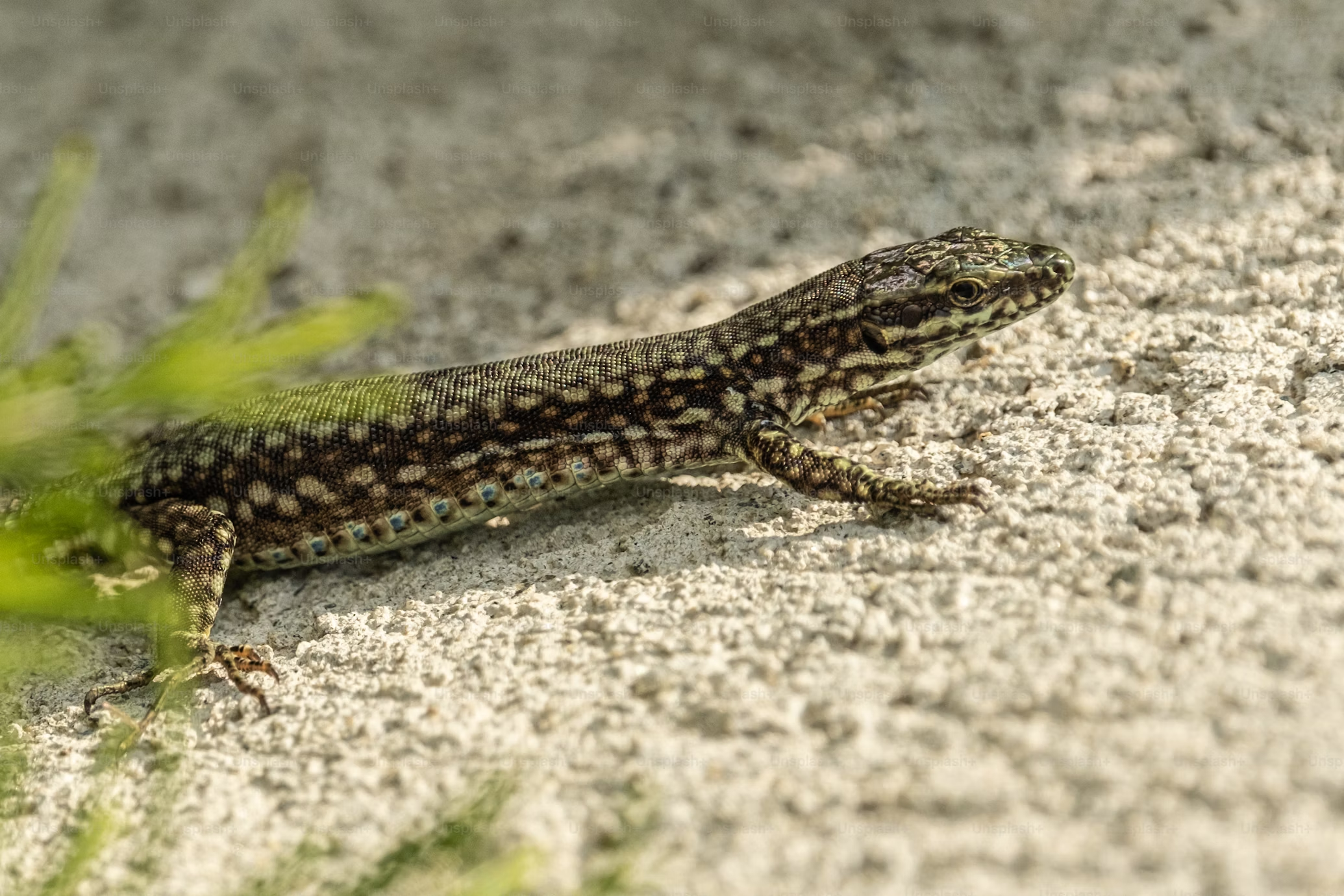
"The Matter of Non-Avian Reptile Sentience, and Why It 'Matters' to Them: A Conceptual, Ethical and Scientific Review"
Mark James Learmonth
This conceptual, ethical and scientific review first focuses on conceptual components and definitions of consciousness, awareness and sentience. It then specifically discusses how cognitive, neurobiological, ethological and comparative psychological research in non-avian reptiles over the last century has evidenced many capacities that historically were denied to this class of animals. Non-avian reptiles do indeed possess all of the necessary capacities to be declared as sentient beings, at least in the small proportion of reptile species that have actually been empirically investigated so far. Learmonth suggests that much innovative future research will continue to uncover evidence of capabilities linked to sentience within a wide range of species, including non-avian reptiles, fish, and invertebrates.
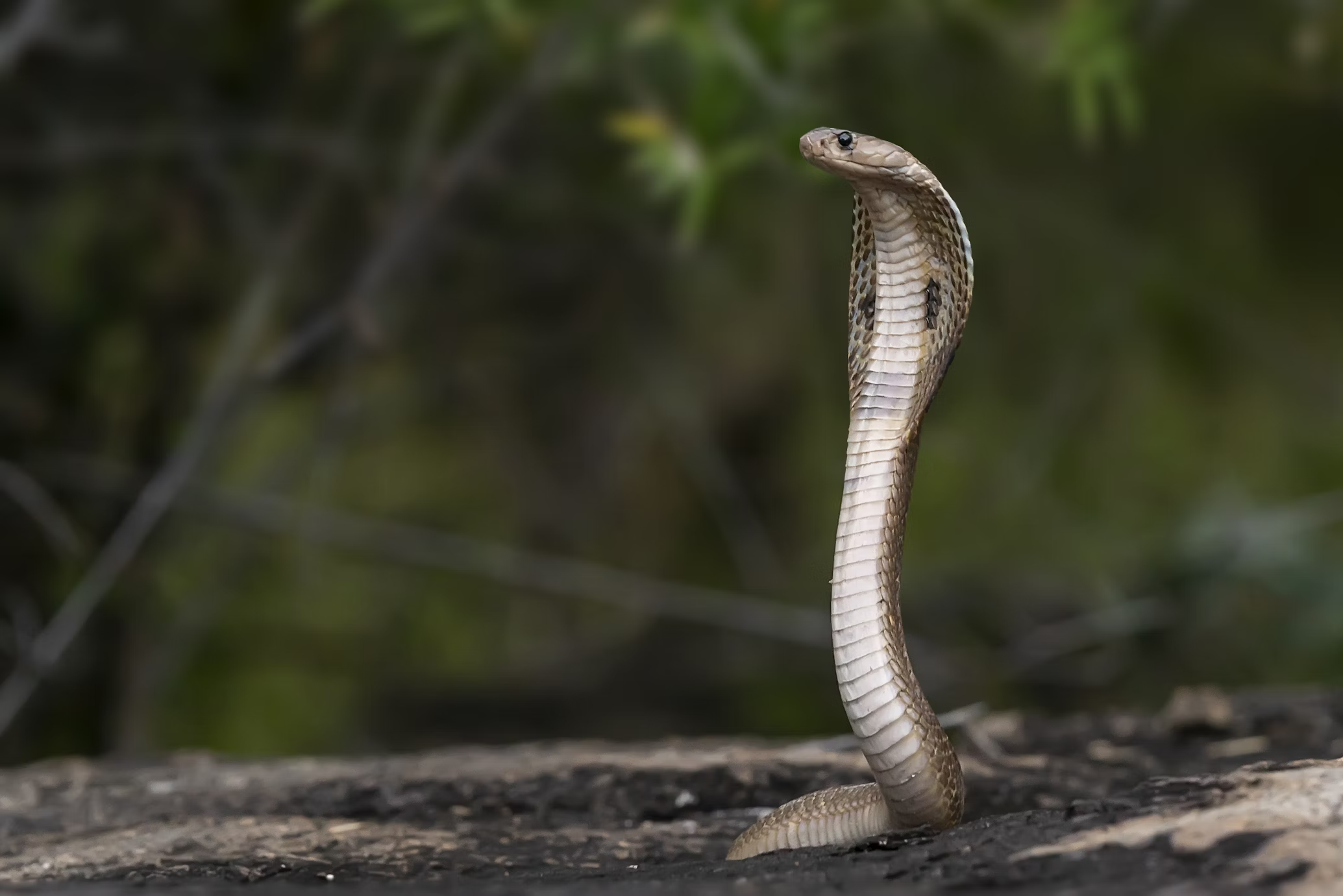
"Squamate Cognition"
Enrique Font
Jennifer Vonk, Todd Shackelford
Reptilian cognition is paradoxical. Judging by their phylogenetic position, brain size and organization, and the complexity and sophistication of their behavior, one would expect the cognitive achievements of reptiles to be on a par with those of other vertebrates. However, there is a widespread (mis)perception that reptiles, and squamates in particular, are the cognitive morons of the vertebrate radiation. In fact, to some the expression “squamate cognition” could almost be considered oxymoronic, so entrenched is the idea that lizards and snakes are essentially instinct machines, inflexible and lacking even the most basic intellectual abilities. But the myth of squamates as stupid, lumbering brutes is out of kilter with the conclusions from a small but growing literature that shows that squamates have flexible, sophisticated behavior and display a startling array of cognitive skills.
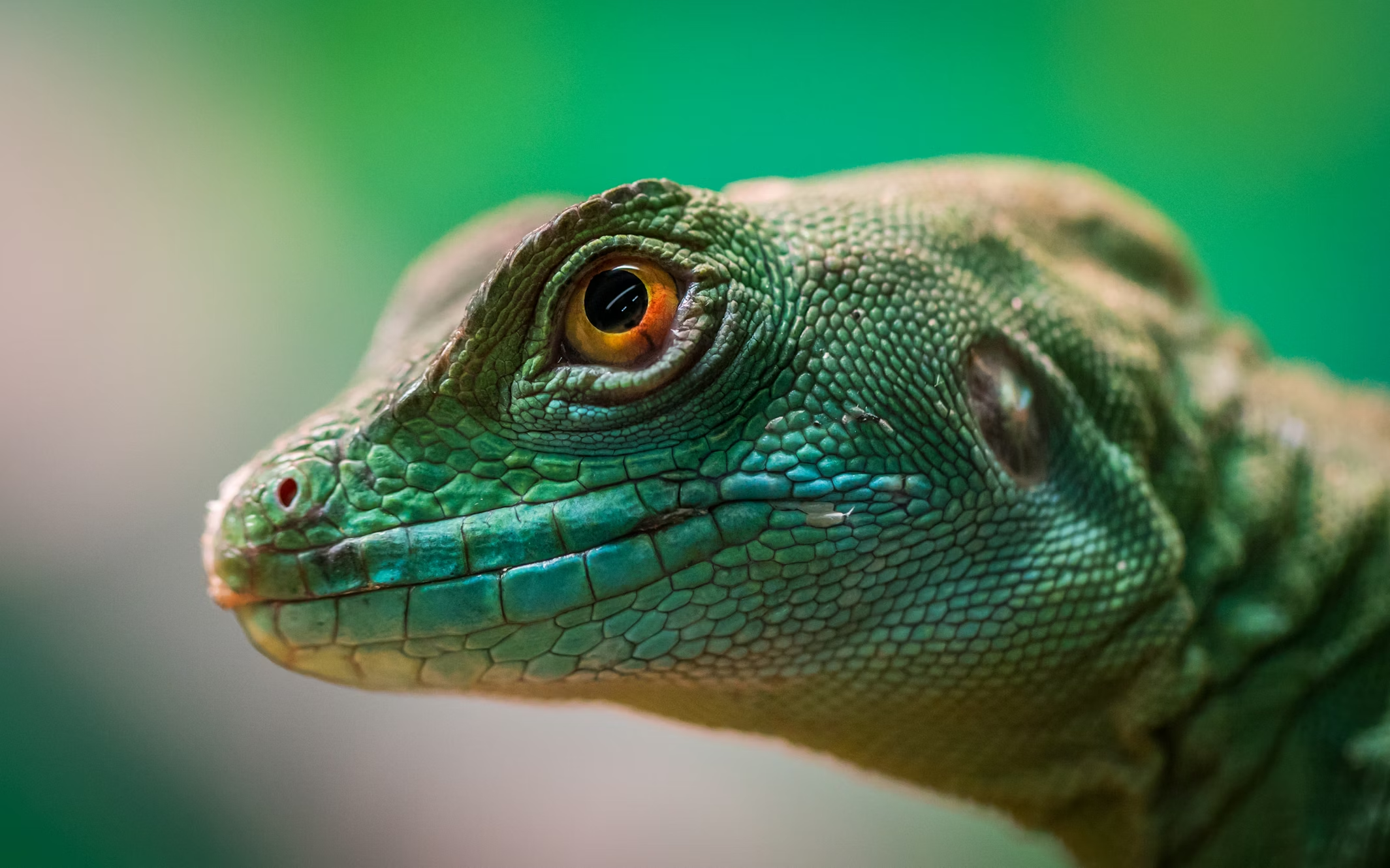
"Given the Cold Shoulder: A Review of the Scientific Literature for Evidence of Reptile Sentience"
Helen Lambert, Gemma Carder, Neil D’Cruze
Lambert et al. searched a selection of the scientific literature to document evidence for, and explorations into reptile sentience. The intention of this review was to highlight; (1) to what extent reptile capability for emotions have been documented in the scientific literature; (2) to discuss the implications this evidence has for the trade in reptiles; and (3) to outline what future research is needed to maximize their captive welfare needs. Their findings show that reptiles are considered to be capable of experiencing a range of emotions and states. This has implications for how reptiles are treated in captivity, as a better understanding could help to inform a range of different operational initiatives aimed at reducing negative animal welfare impacts, including improved husbandry and consumer behavior change programs.
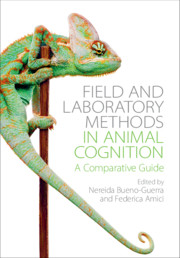
"Tortoises – Cold-Blooded Cognition: How to Get a Tortoise Out of Its Shell"
Anna Wilkinson, Ewen Glass
Nereida Bueno-Guerra, Federica Amici
Chelonia (turtles, terrapins and tortoises) have traditionally been considered to be “sluggish and unintelligent creatures” (Yerkes, 1901) and have largely been ignored in the study of animal cognition. However, more recent research has revealed an impressive suite of cognitive abilities in this group. But how does on ask a tortoise what it knows? The authors describe the approaches they have thus far taken in the study of cognition in their model species, the red-footed tortoise (Chelonoidis carbonaria)–including work on visual cognition, spatial cognition, social learning and memory–examining pros and cons. This chapter will subsequently discuss general issues related to working with chelonia, such as temperature and motivation: testing a tropical tortoise in a cold room, for instance, fundamentally impacts the ability of the tortoise to demonstrate its cognitive abilities. Chelonia are not necessarily motivated by the same things as mammals and different species may be motivated by different rewards, necessitating a thorough understanding of the species before embarking on experiments. The authors finish with an overview of techniques that they have used for investigating cognition in this species.
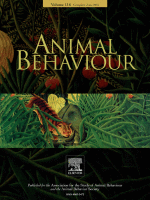
"The Significance of Spatial Memory for Water Finding in a Tadpole-Transporting Frog"
Andrius Pašukonis, Katharina Trenkwalder, Max Ringler, Eva Ringler, Rosanna Mangione, Jolanda Steininger, Ian Warrington, Walter Hödl
The ability to associate environmental cues with valuable resources strongly increases the chances of finding them again, and thus memory often guides animal movement. For example, many temperate region amphibians show strong breeding site fidelity and will return to the same areas even after the ponds have been destroyed. In contrast, many tropical amphibians depend on exploitation of small, scattered and fluctuating resources such as ephemeral pools for reproduction. It remains unknown whether tropical amphibians rely on spatial memory for effective exploitation of their reproductive resources. Poison frogs (Dendrobatidae) routinely shuttle their tadpoles from terrestrial clutches to dispersed aquatic deposition sites. The authors investigated the role of spatial memory for relocating previously discovered deposition sites in an experimental population of the brilliant-thighed poison frog, Allobates femoralis, a species with predominantly male tadpole transport. Their results suggest that A. femoralis males rely heavily on spatial memory for efficient exploitation of multiple, widely dispersed deposition sites once they are discovered. Additionally, olfactory cues may facilitate the initial discovery of the new sites.
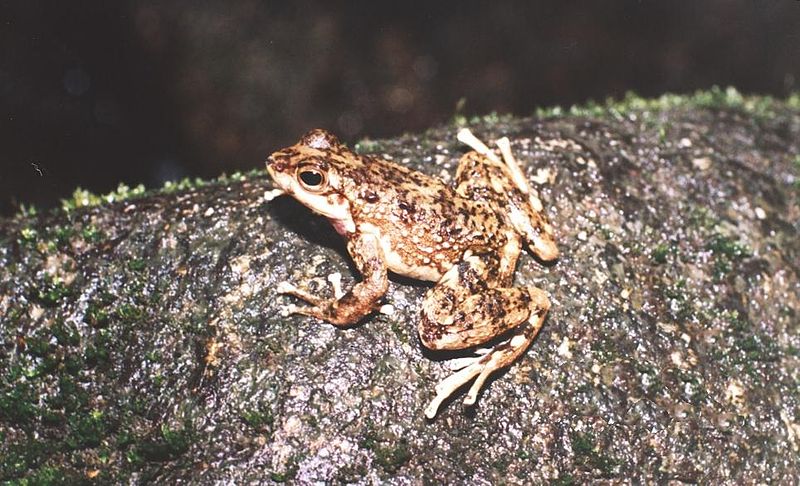
"Sophisticated Communication in the Brazilian Torrent Frog Hylodes japi"
Fábio P. de Sá, Juliana Zina, Célio F. B. Haddad
Intraspecific communication is crucial for frogs, aiding in the recognition of rivals and mates, thus influencing reproductive isolation. This study focuses on Hylodes japi, a Brazilian torrent frog, known for its territorial males and complex courtship behaviors. Researchers detail its acoustic signals and an extensive repertoire of visual displays, including five previously unrecorded displays. Notably, they introduce a bimodal inter-sexual communication system, where females prompt males to call. Males also strategically choose which limb and vocal sac to use for signaling, emphasizing the importance of vocal sac movement and color in visual communication. This research highlights the unexpected sophistication of communication among Hylodes species and suggests that visual signaling in frogs is more widespread, particularly in tropical areas with diverse habitats and species. The findings underscore the behavioral complexity within the Hylodidae family, revealing new insights into their communication strategies.
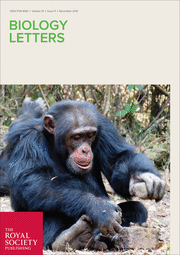
"Poison Frogs Rely on Experience to Find the Way Home in the Rainforest"
Andrius Pašukonis, Ian Warrington, Max Ringler, Walter Hödl
Among vertebrates, comparable spatial learning abilities have been found in birds, mammals, turtles and fishes, but virtually nothing is known about such abilities in amphibians. Overall, amphibians are the most sedentary vertebrates, but poison frogs (Dendrobatidae) routinely shuttle tadpoles from terrestrial territories to dispersed aquatic deposition sites. The authors hypothesize that dendrobatid frogs rely on learning for flexible navigation. They tested the role of experience with the local cues for poison frog way-finding by (i) experimentally displacing territorial males of Allobates femoralis over several hundred meters, (ii) using a harmonic direction finder with miniature transponders to track these small frogs, and (iii) using a natural river barrier to separate the translocated frogs from any familiar landmarks. The authors found that homeward orientation was disrupted by the translocation to the unfamiliar area, but frogs translocated over similar distances in their local area showed significant homeward orientation and returned to their territories via a direct path. They suggest that poison frogs rely on spatial learning for way-finding in their local area.
Photo Credit: Green chameleon in Sydney NSW, Australia; Elmer Cañas/Unsplash